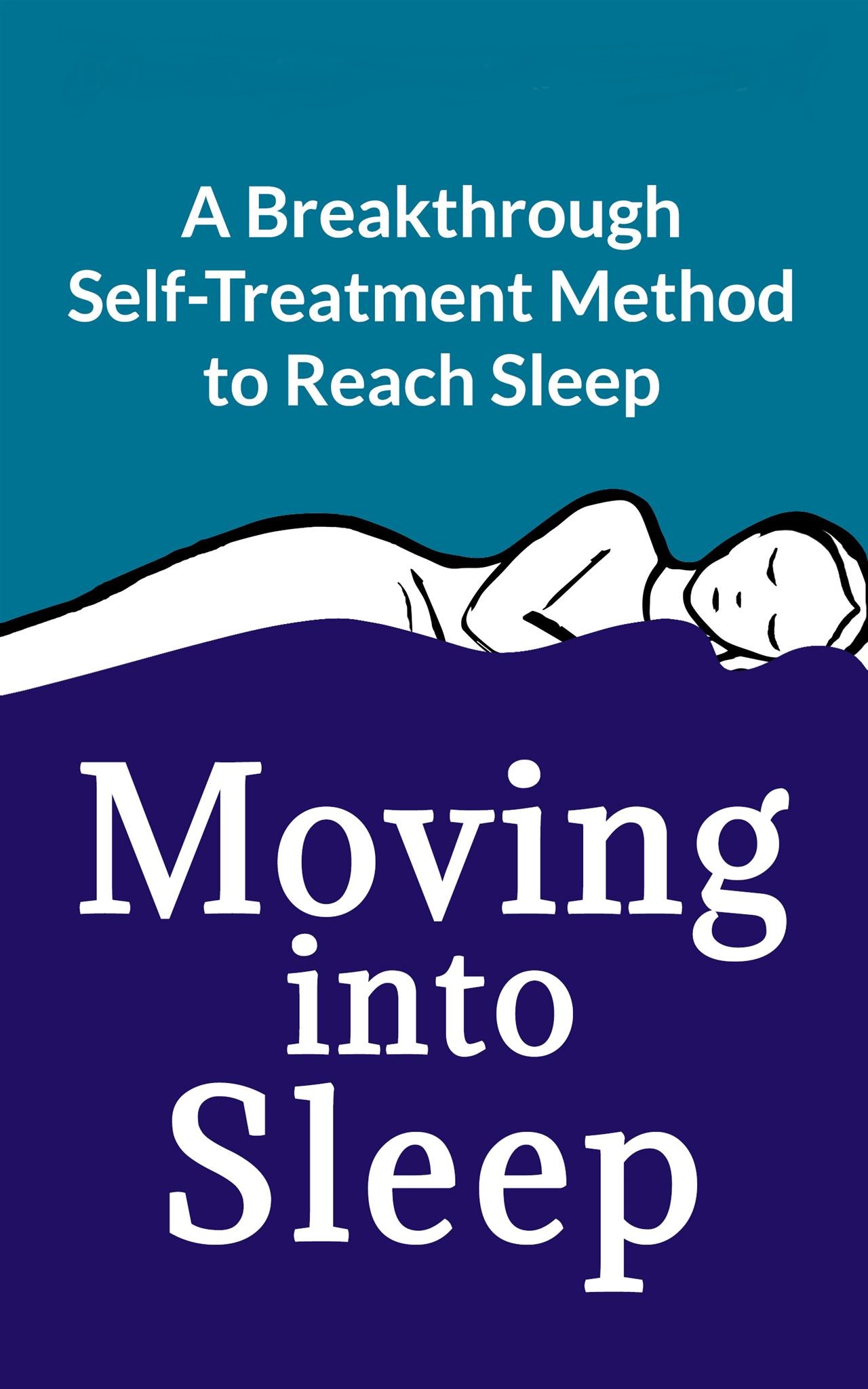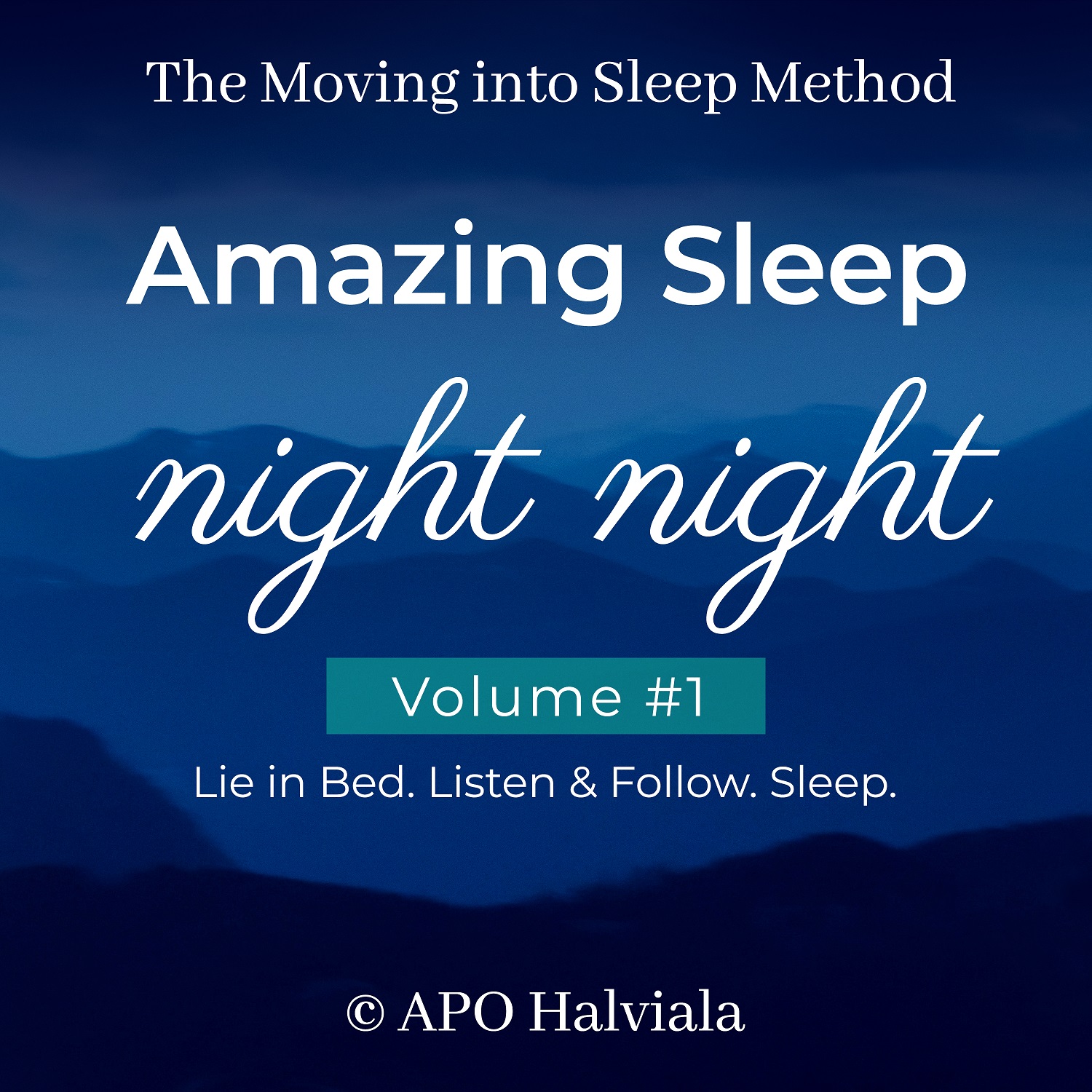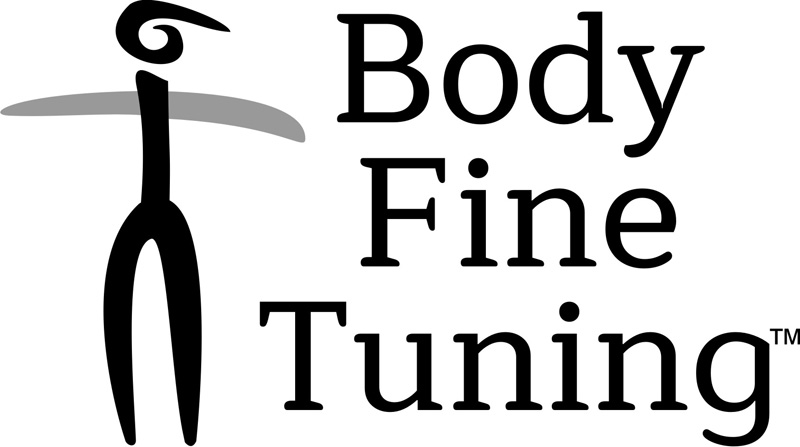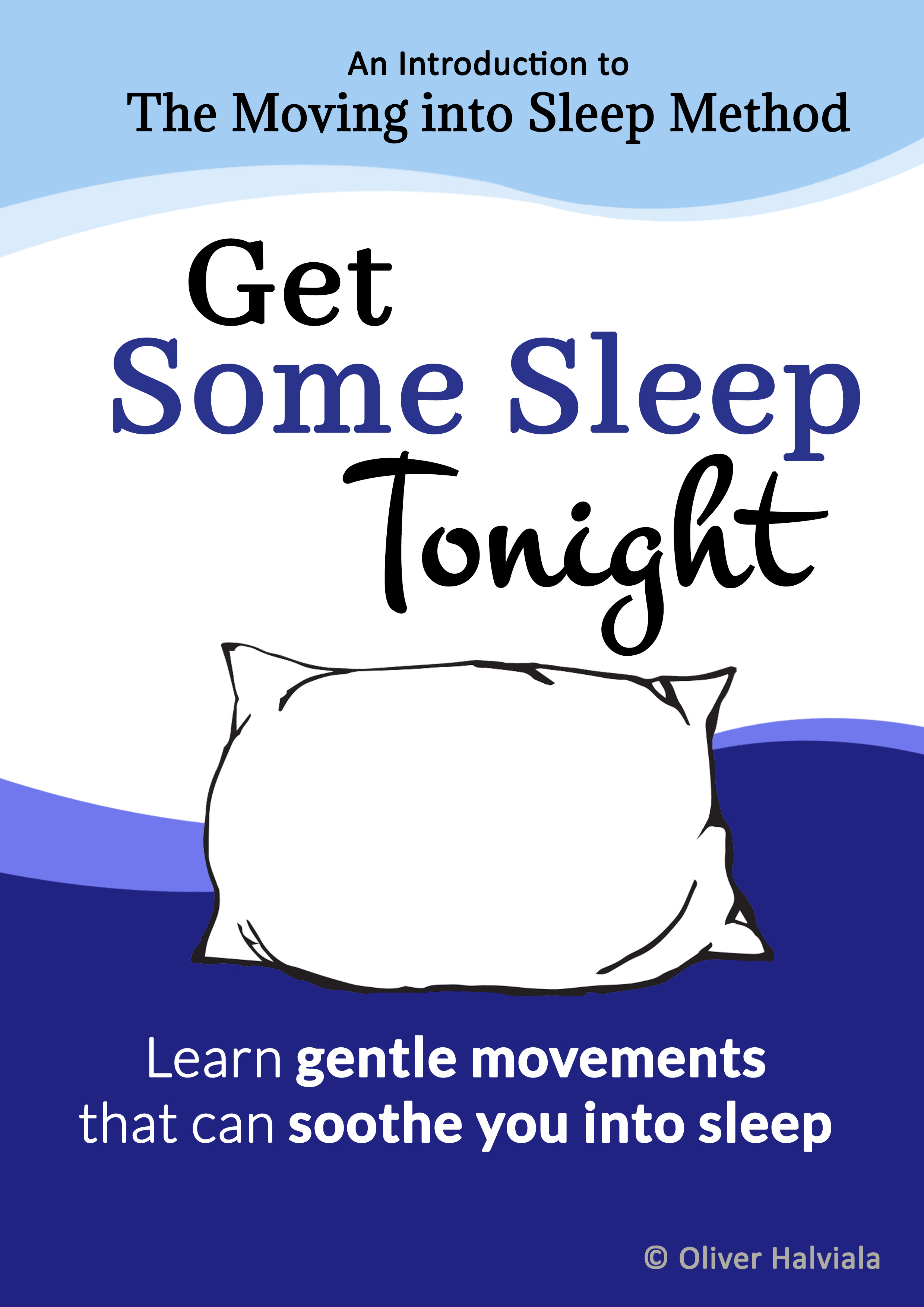How to End Insomnia?
Your body and your brain never stop being active. Even when you lie down and sleep, your body sends an immeasurable amount of neurological data to your brain, for example from your gut, muscles, joints, and your immune system. When this data creates too much negative stress in the brain, your sleep gets affected. As a result, you might start experiencing trouble in falling and staying asleep. This is how insomnia can develop.
To fix the situation there are two ways.
#1 The Common Way to End Insomnia
The commonly used way to end insomnia is to first identify what causes stress and then to implement behavioral life-style improvements. This includes improving your diet, following a regular day-schedule, doing physical exercises, doing emotional and mental practicing, and creating a positive sleep environment. All these improvements are important and can help. Only, it takes time to get results.
#2 The New Way to End Insomnia
The second solution is to learn how to do sleep-inducing movements. The resulting feeling of calmness can instantly start helping your brain in shifting itself into the sleep state. There is no more natural way to induce sleep, because body movements have a neuroeducative power to instantly evoke positive processes in the brain.
Moving into Sleep Easily & Naturally
When you do movements with attention, you instantly evoke a response and activity in your brain. In history, movement has always been a tool to learn new skills and abilities, and also to heal the body. This is why it is also possible to induce sleep by doing certain movements very slowly and gently.
Try how it Feels
To feel how to do a sleep-inducing movement, here is a simple introduction exercise.
- To prepare, rest your right hand, palm down, somewhere comfortable, for example on your thigh.
- Relax your body as well as you can.
- Notice how you breathe: feel how the air flows in and out.
- Never hold your breath, simply breathe naturally.
- Then, think of your right index finger.
- Feel the contact it makes with the surface under it.
- Gently, when you inhale, slowly press your index finger against the surface it touches.
- When you exhale, release the tension until the finger is completely relaxed.
- Repeat many times.
- As you continue like this, pay attention how the quality of what you do starts to create a smooth, calming, and peaceful sensation, something that gradually can move you toward sleep.
Unique Way of Learning
Because everyone is unique, and you have a one-of-a-kind neurological organization, please be patient - one movement cannot completely or permanently overcome all neurological stress right away. However, after you feel the first “a-ha” moment, you may notice that the body-brain system starts to recognize the new input and learns to respond faster. One day, it will simply be enough to imagine doing your favorite sleep-inducing movement, to immediately feel calmer and feel how you move into sleep.
This sample movement is one out of several you can do. In my method I have included several types of movements, together creating a complete body-brain calming effect.
Thanks for reading.
Wishing you the best of sleep!
Oliver
The Moving into Sleep Method online:




